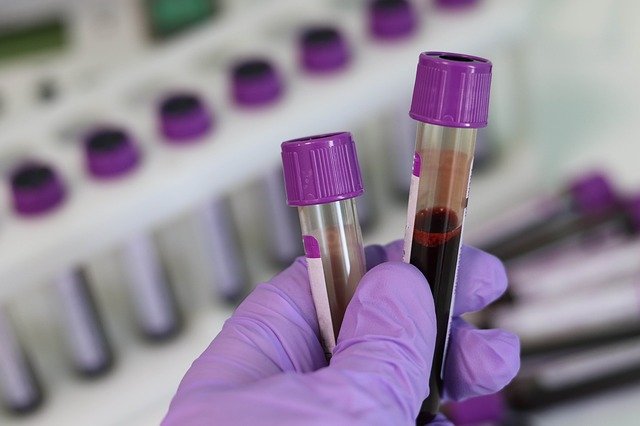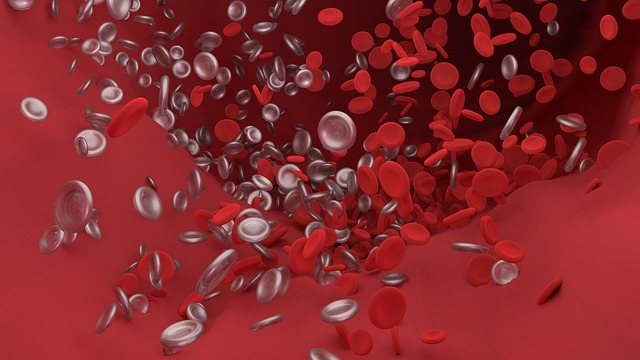The blood in our body is in a liquid state to be able to circulate through arteries and veins; it only coagulates when it is necessary to cut the blood flow (for a wound, for example).
For this to happen there is a series of anticoagulative and procoagulative elements dissolved in the blood, which are in equilibrium. However, this mechanism does not always work correctly and sometimes the blood coagulates during circulation forming a thrombus that impedes blood circulation, and that is when venous thrombosis occurs.
The symptoms of venous thrombosis depend on whether the thrombus has occurred in a superficial vein or in a deep vein. In addition, their importance and severity vary greatly in one case or another.
Thrombi can occur in both arteries and veins, but they are much more likely to occur in venous vessels, especially in the veins of the legs. Within the veins of the legs we can differentiate two types: deep veins and superficial veins. The superficial veins are the veins that are just below the skin and can be seen with the naked eye as blue lines. The superficial veins of the most important legs are the internal saphenous vein and the external saphenous vein. There are several causes by which the blood balance can be decompensated and coagulation occurs within the veins and venous thrombosis. The most important ones are:
- Venous stasis: or what is the same, stagnation of blood in the veins of the legs. This happens frequently when venous varices appear on the legs.
- Trauma: The breaking of bones or ligaments of the lower extremities makes their mobility very limited.
- Cancer: Some types of cancer by themselves are capable of increasing the amount of procoagulant substances in the blood, thus causing frequent venous thrombosis in the legs.
- Infection: In a local infection the bacteria are able to activate the procoagulant substances of the blood, forming little by little thrombi that end up interrupting the blood flow and perpetuating the infection (these cases occur more frequently in the arms).
- Dehydration: The loss of body water causes the blood to be denser than usual, hindering the continuous flow in small vessels and favoring coagulation.
- Congenital hypercoagulability: refers to people who, due to genetic inheritance, have a blood that is easier to clot than usual.
- Tobacco: The smoking habit is a very widespread cause of venous thrombosis in our society.
- Drugs: Some medicines have a tendency to facilitate the coagulation of blood. Some examples are diuretics (because they can increase the loss of body water) and also oral contraceptives. Heart failure: This malfunction of the heart causes venous blood is not easily collected by it and stagnate in different body organs (lungs, liver and legs).
- Pregnancy: The pregnant woman has in itself a state of natural hypercoagulability that develops throughout pregnancy, with the aim of stopping the expected hemorrhage during childbirth.
- Obesity: The usual thing is that obesity is associated with greater sedentary lifestyle and, therefore, venous stasis.
- Prevention of venous thrombosis: The ideal is to stop smoking, perform moderate physical exercise frequently (at least 30 minutes every day) and maintain an adequate weight. Second, extraordinary measures must be taken in special situations. An example of this is to prevent the syndrome of the tourist class, a disorder that consists in that during a long trip (transatlantic flight) there is venous stasis in the leg.
Always take care of your health with a unique and efficient service. Visit Pharmamedic.








